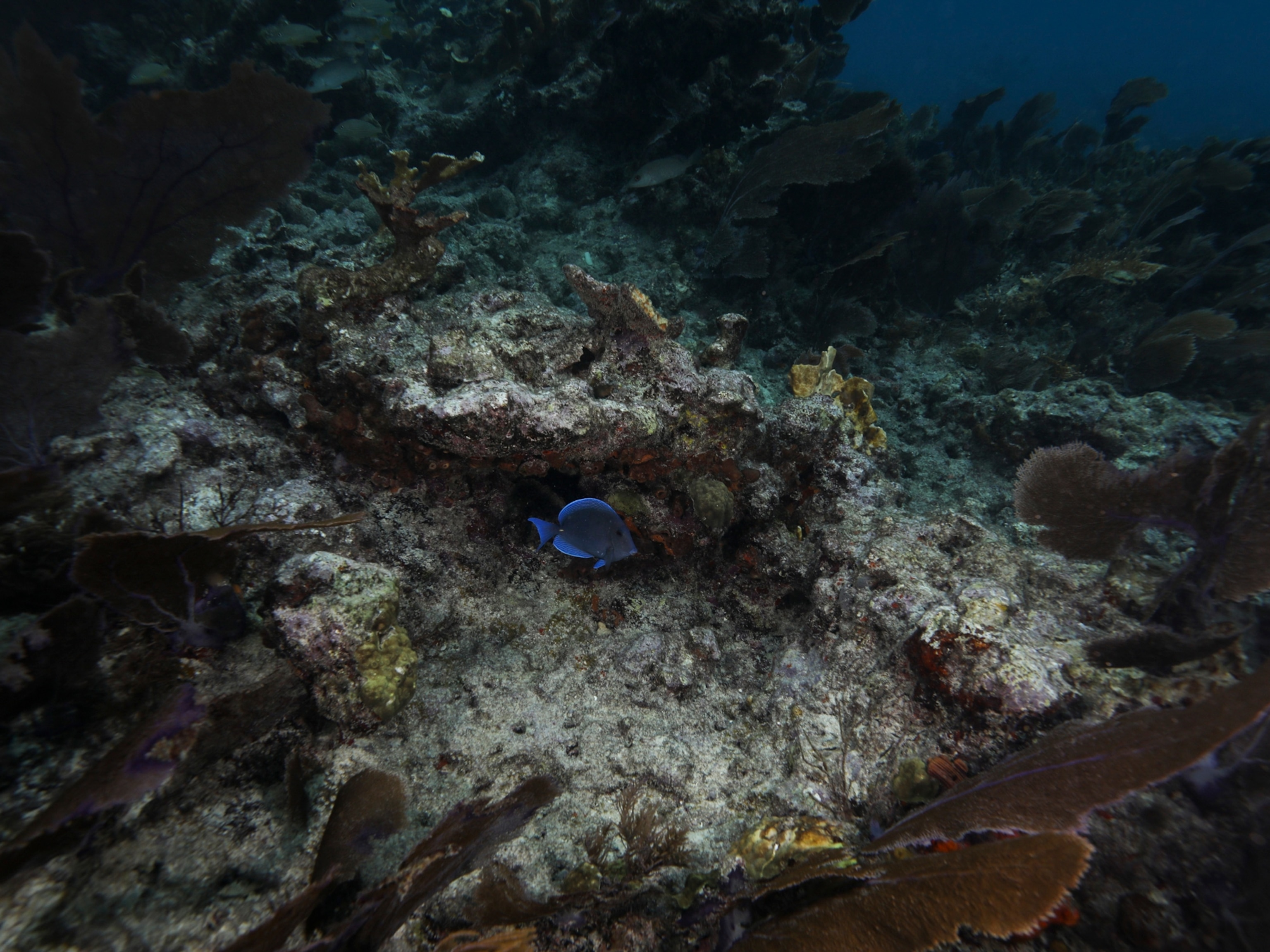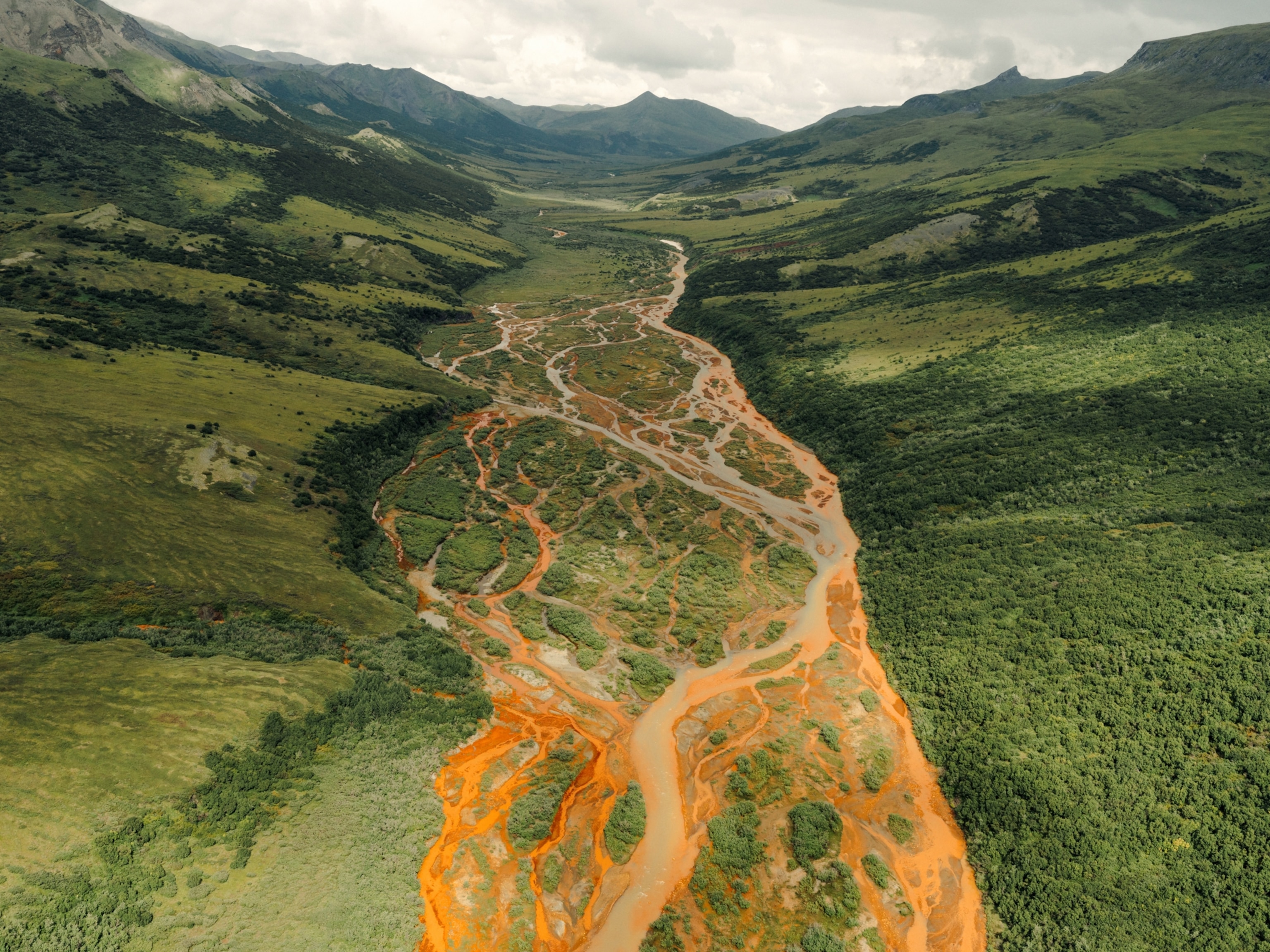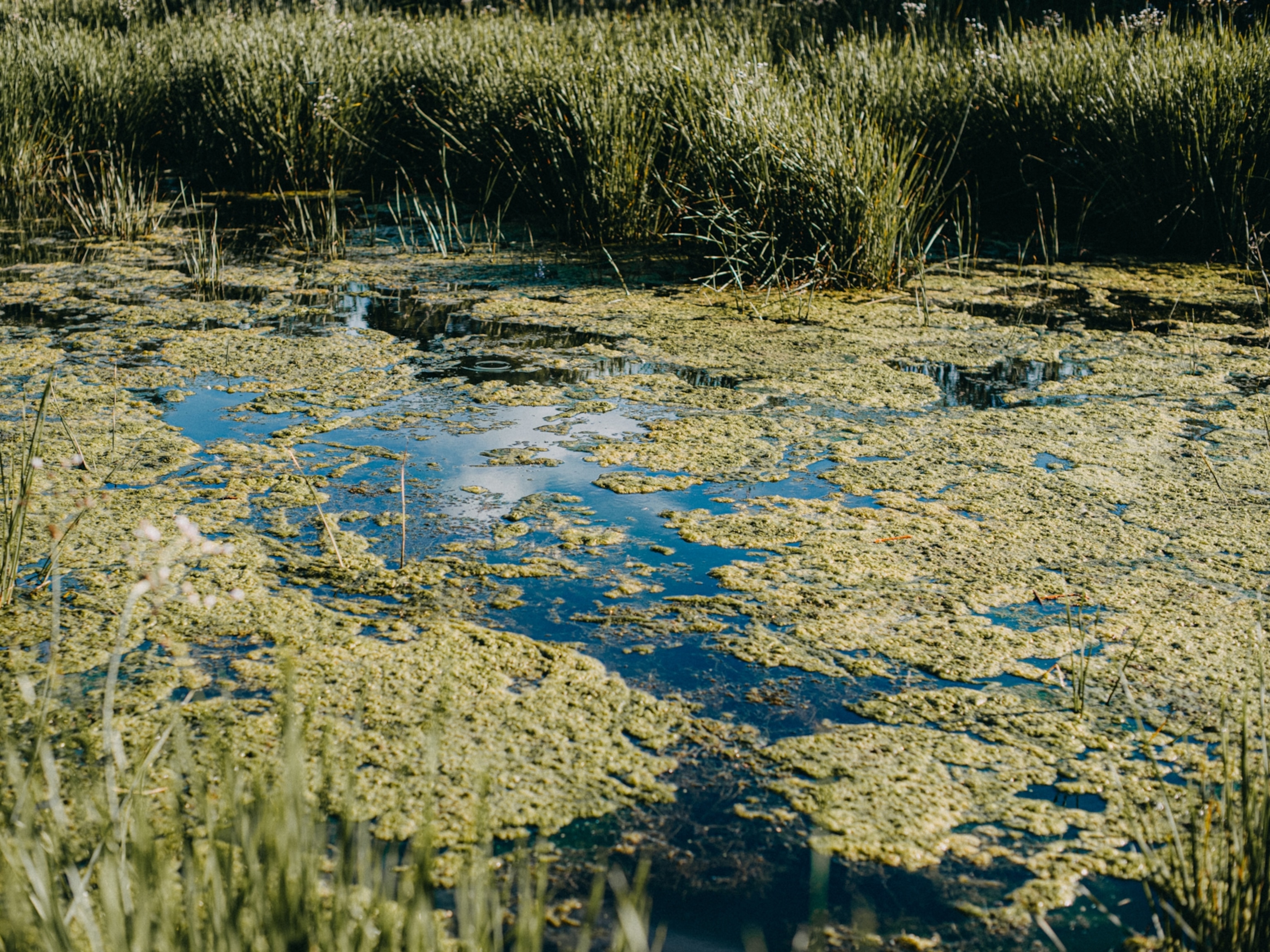
Why planting wildflowers makes a difference
Native species can provide a host of benefits for your backyard and beyond.
Now more than ever, many of us are conscious of how much our well-being is connected to the natural world. With less travel and limited socializing during the coronavirus pandemic, we're all seeking more of a connection with nature. Escaping to the outdoors, we're revived by the sights and soothed by the smell of flowers and trees. We're reminded that every living thing depends on another.
After being cooped up all winter, you might be thinking about how to support more of that beauty and interconnectedness this spring where you live. From city balconies to backyard gardens, any square foot of space can be transformed into an oasis for wildflowers and the species that depend on them. For an example of just how important these plants can be, consider the Northern Great Plains, an expanse of about 180 million acres covering parts of five U.S. states and two Canadian provinces.

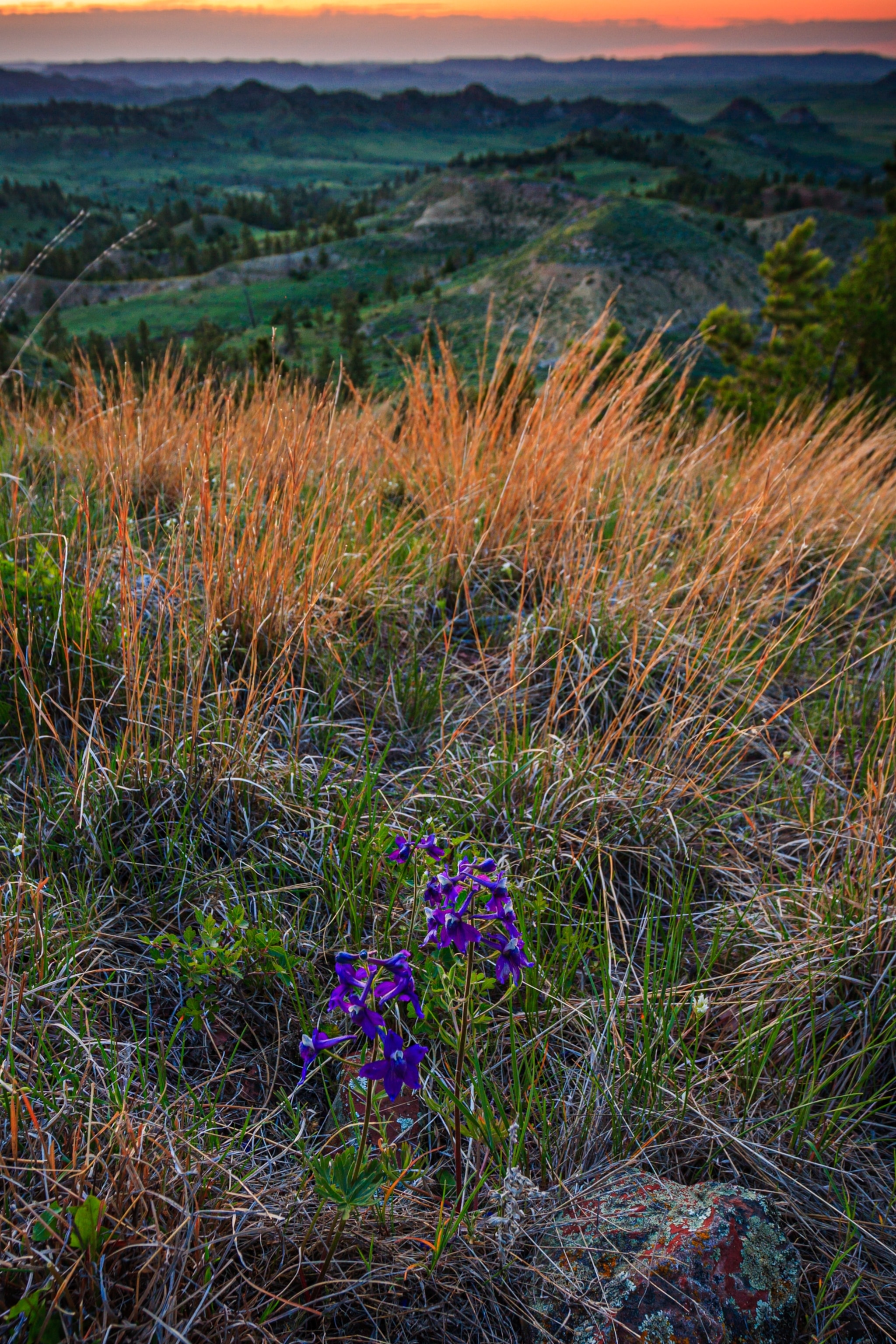

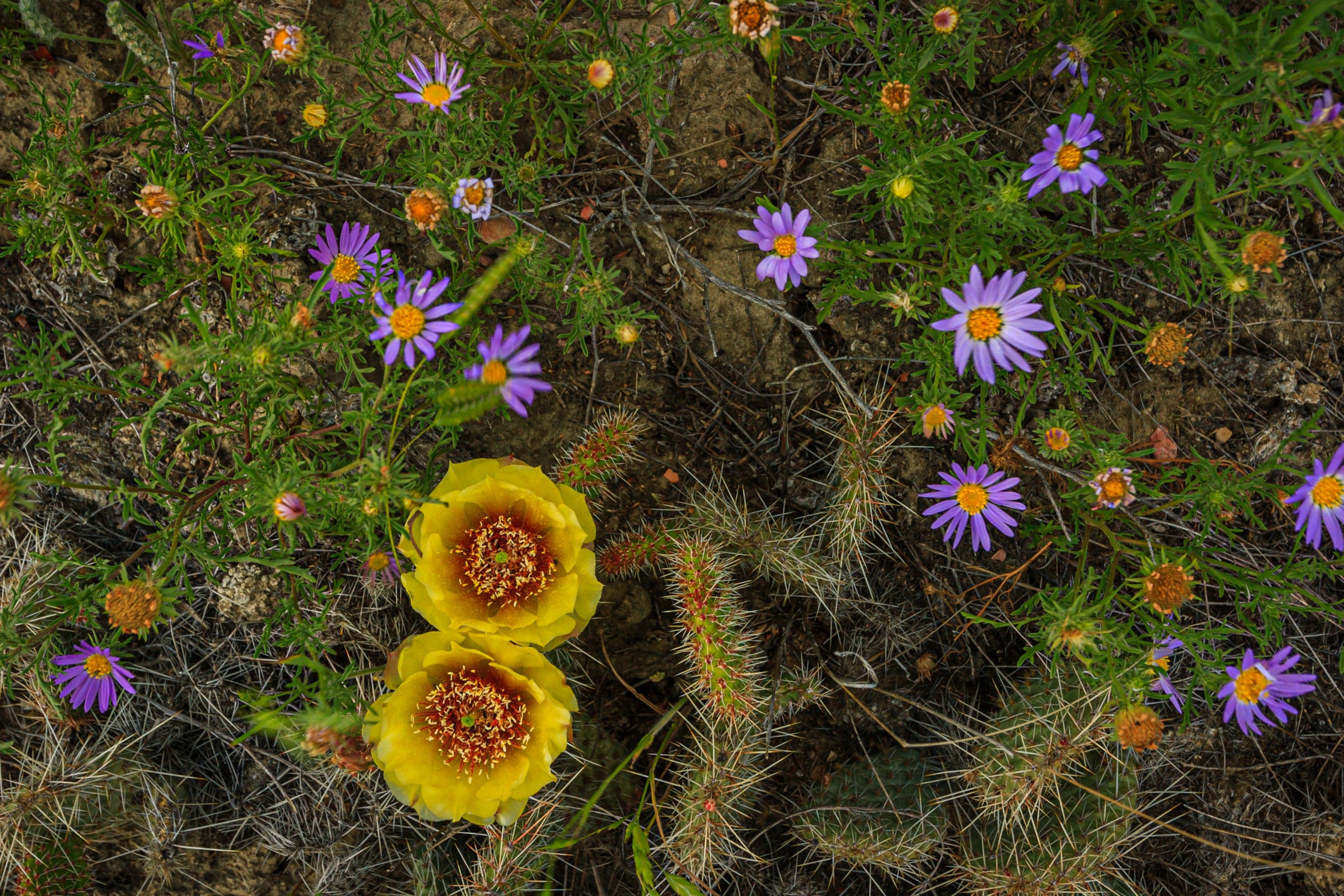
It's a deceptively complex region: Vast prairies that look quiet and almost monochromatic from afar support nearly 1,600 species of plants, which in turn provide a habitat for birds, mammals, and insects. Blooming wildflowers provide a burst of color, attracting pollinators such as bees and butterflies, which are responsible for one in every three bites of food we eat. And while we might only notice them during bloom time, those flowers are helpful year-round, providing far more than their lovely fragrances and vibrant colors.
"Wildflowers provide a lot of benefits, even when there's not a flower present," says Clay Bolt, a natural history photographer and communications lead for World Wildlife Fund's (WWF) Northern Great Plains program. Their root systems, along with those of other grassland plants, extend deep into the soil, storing water and nutrients while holding on to carbon that would otherwise be released into the air. He likens grasslands to an inverted forest, where much of the growth is underground and invisible.
Historically, humans have used a wide variety of flowering prairie plants for food, treating wounds, and healing other ailments. One of Bolt's favorite wildflowers, the purple coneflower, is a type of echinacea, a genus long used as medicine by Native Americans that has become a common cold remedy.
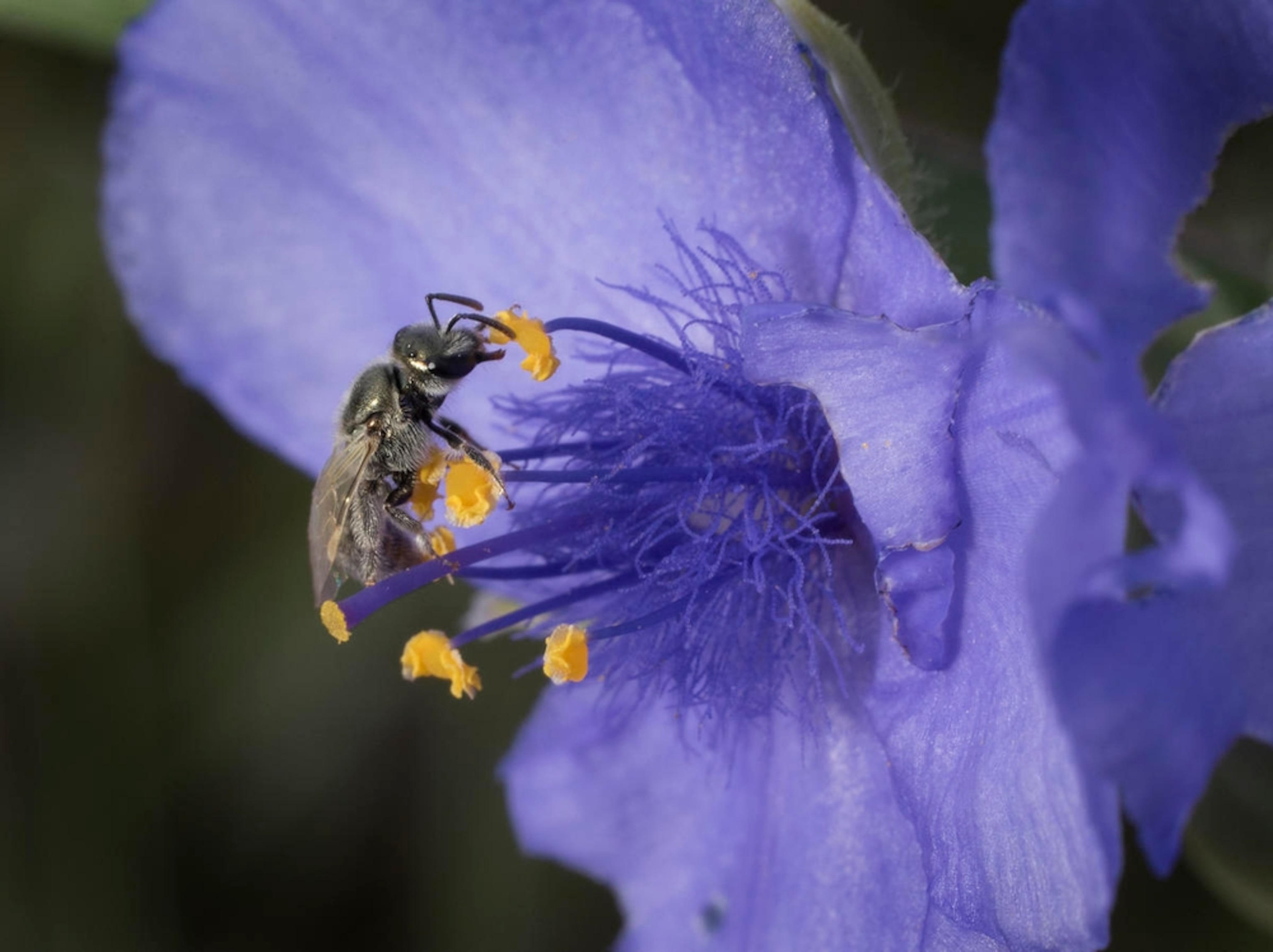


Yet too much of the Northern Great Plains grasslands are being lost—about 550,000 acres in 2018 alone, according to WWF estimates.
Bolt and the team at WWF, in partnership with Air Wick® Scented Oils, are working to conserve and restore this crucial ecosystem with a goal of reseeding a billion square feet of wildflower and grassland habitat over the next three years. Supporting wildflower habitats is an important mission for Air Wick, since the company infuses its fragrances with natural essential oils to bring a nature-inspired experience into homes.
"It's not an overnight process," Bolt says of the restoration effort, but he adds, "As wildflowers begin to bloom and as grasses are returned, that makes way for naturally occurring species to return as well." Among the species that could make a comeback, Bolt says, are American bumblebees, monarch butterflies, and lark buntings. The reseeded grasslands will also provide more valuable habitat than croplands do for mammals such as pronghorn.
Ecologists on the WWF team are working to determine the right mix of species to replant, prioritizing diversity. Seemingly small differences among plants can be significant: Some bloom in early spring, providing nectar for foraging bumblebee queens, while others produce an abundance of seeds that migrating songbirds feed upon in the fall. "The greater diversity of plants that you have, the more robust the habitat is for a variety of pollinators and wildlife," Bolt says. "All of these plants are also connected through fungi in the soil. Their roots create a network where they share resources, strengthening one another."



Gregg Treinish, a National Geographic Explorer who organizes citizen science expeditions through his nonprofit group Adventure Scientists, works to protect wildflower habitats by documenting them. Wildflowers both support, and are supported by, insects that are important to the larger environment, he notes: "You've got this entire base of the food chain reliant on these intact and healthy remote ecosystems. They're also indicators for the health of these ecosystems."
Treinish says volunteers are often struck by just how much biodiversity they can discover after being trained to spot it. In 2017, volunteers with the group identified 126 wildflower species and 70 types of butterflies in subalpine meadows across five western U.S. states.
"Those numbers really surprised me," Treinish says. "I look over a meadow and I see grass, and I see some flowers. But you've really got to stop and look to see the incredible diversity that's there." Studying what species are present in these habitats, he adds, lends a better understanding of how wildflower diversity shifts over time, which has long-lasting implications for birds and other animals that rely on butterflies as food sources.
You don't need to travel to the Northern Great Plains or remote areas of the West to see how native wildflowers change a landscape for the better. Without much effort, you can make a difference at home: In a backyard or community garden, simple plots can quickly become thriving ecosystems.
"You'd be surprised—even in a big city—how much wildlife you can get, because these places become like an oasis," Bolt says.
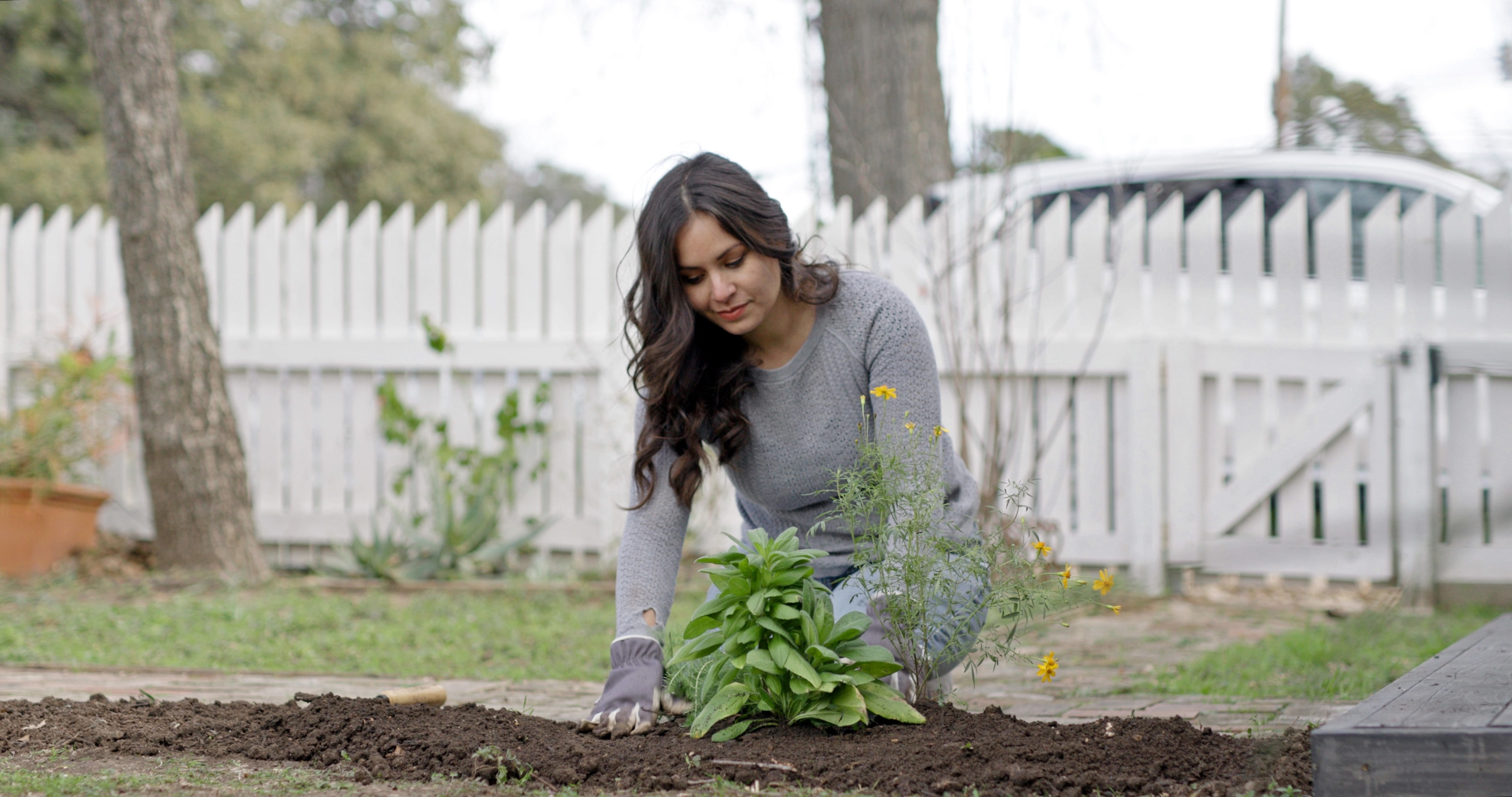
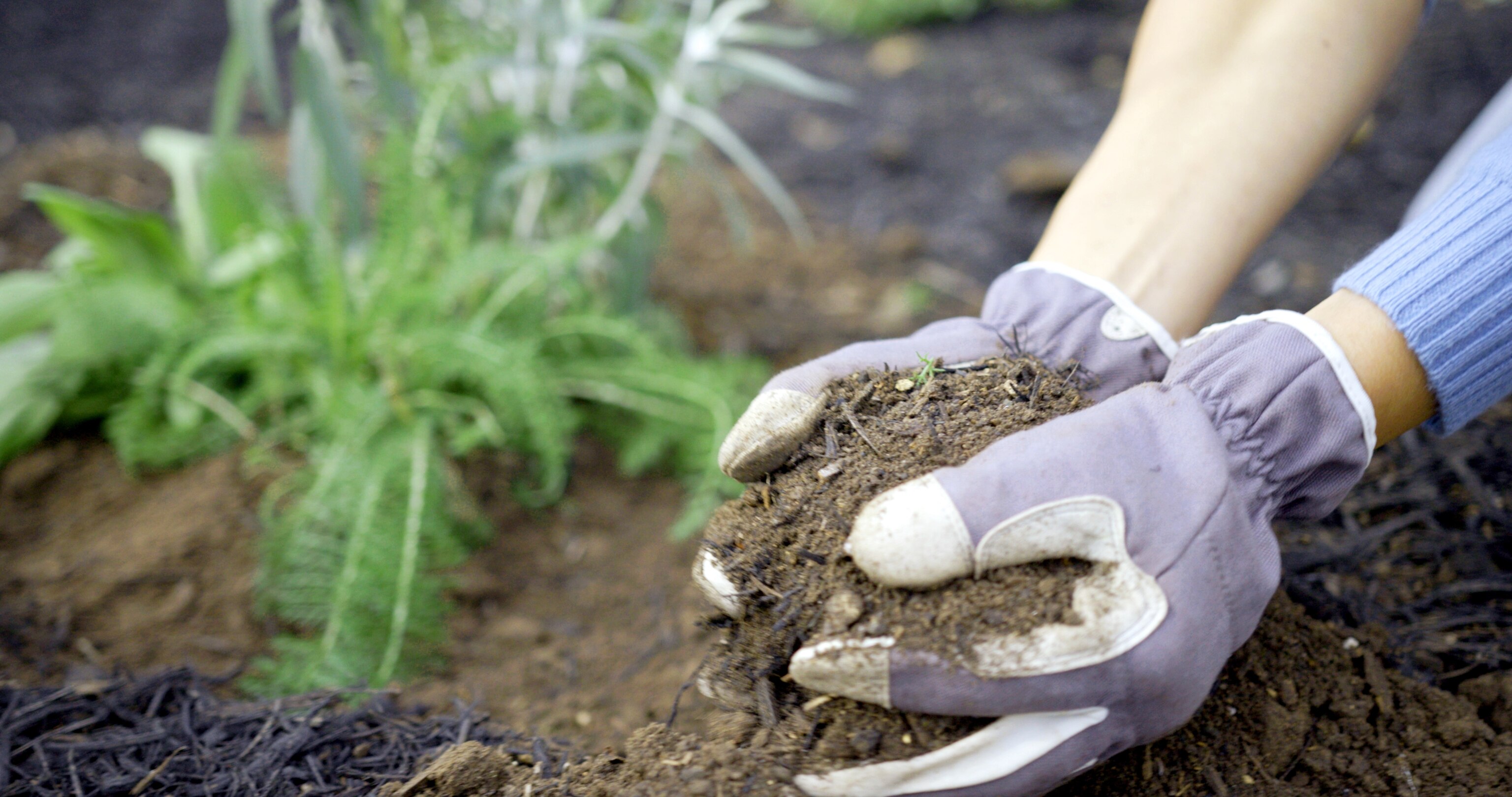
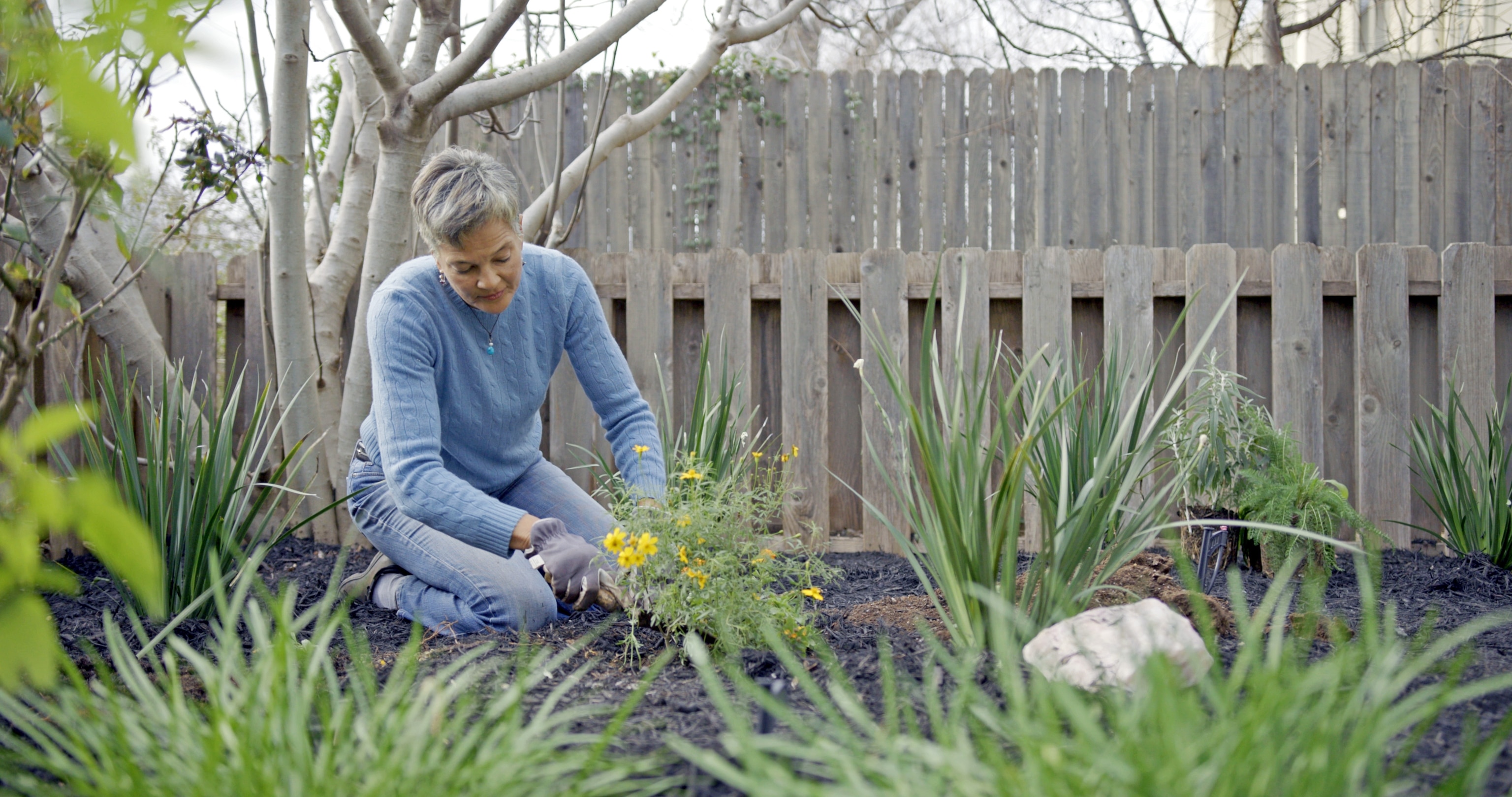
Here are some tips for bringing the wonder of wildflowers closer to home:
Plant flowers native to your area. Installing native plants not only supports pollinators and other species in your region—they're easier to grow, too, because they're already adapted to your climate and don't require loads of fertilizer or pesticide. Local garden centers, university extension programs, and nonprofit organizations can be great resources for finding the best plants for where you live. The U.S. Forest Service cautions against picking or digging up wildflowers on public land, however, which is illegal and does more harm than good.
Aim for a diverse mix of flowers. One of the mistakes people often make when they plant flowers for wildlife, Bolt says, is they buy plants that bloom all at once: "In a healthy grassland, you have plants that grow throughout the season." By thinking over the course of a year, you’ll be rewarded with a burst of colors and scents that unfold over the course of several months. In addition to planting a range of flowers that flourish at different times, think about complementary species too. Flowers and other plants can help control pests in a vegetable garden, Treinish notes: "If you think about it as an ecosystem and try to mimic what we see in natural ecosystems, that really works best."
Be active in your community. You don't need your own big plot of land. All you need is a pot, a window box, or another small space to plant wildflowers. But no matter how much space you have, also consider seeking out a community garden or local nature reserve where you can volunteer and help support the planting of native species. Bolt also recommends paying attention to policies that affect natural ecosystems, such as the U.S. Farm Bill, which funds grasslands conservation programs.
Pay attention to the environment. For Treinish, tending to the garden is not just a utilitarian pursuit. "It's my meditation," he says. No matter where you decide to plant, make it a habit to visit regularly and watch what's happening. Which plants are thriving? Which ones are having trouble? What insects and birds do you notice? What do the flowers smell like? "It sounds crazy, Treinish says, "but I know every single individual plant in my garden by spring."


